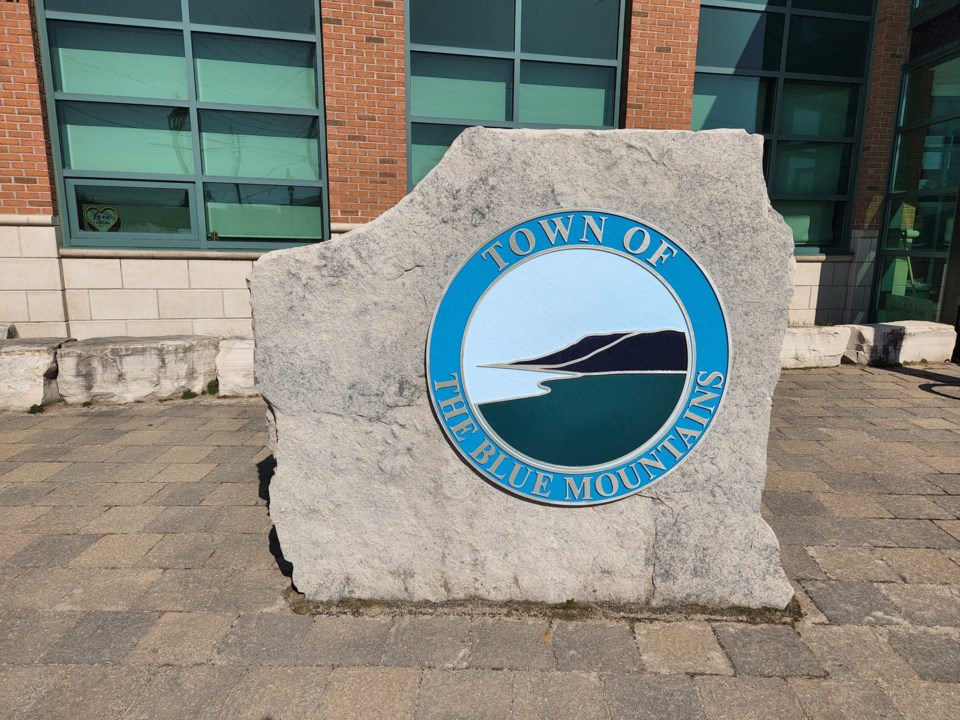The Blue Mountains council has approved a package of new planning policies to encourage more additional residential units across the community.
At its meeting on April 15, council voted in favour of a package of planning policies meant to loosen restrictions on the creation of more additional residential units in an effort to address the housing crisis. The policies had previously been approved at a committee of the whole meeting.
Under the new policies the town will allow a total of three residential units on any single fully serviced lot in the community. The two additional units could be two apartments in the main home, two apartments in an accessory building (garage or pool house) or an apartment in the main unit and an apartment in an accessory building.
In rural areas on lots with partial or private services, one additional unit will be allowed on a lot sized 0.8 hectares or less and two additional units will be allowed on rural lots 0.8 hectares or larger. The changes bring the town’s policies into compliance with recent provincial changes.
The town will also be considering more policies to encourage additional residential units as part of its official plan and zoning bylaw review processes.
At the meeting, planning department staff brought a follow up report to address a number of items raised by council during the earlier committee of the whole debate on the subject.
Planner Carter Triana told council that town properties in the Niagara Escarpment Plan will be limited to just one additional residential unit, which must be in the property’s main building. Triana said there is a good chance those policies will be adjusted.
“This is something that may change in the future,” Triana said, adding that the Niagara Escarpment Plan is due to be updated and the province is likely to loosen additional residential units policies in that document.
Deputy Mayor Peter Bordignon also asked staff to address the issue of mobile/modular homes. The deputy mayor said he had concerns that planning language might prohibit the use of mobile/modular homes as additional residential units.
“I just don't want to get caught up, if we pass this bylaw, that terminology will trip up somebody as they move forward,” said Bordignon. “Is there enough leeway for somebody to put a modular home or granny flat on their property?"
Triana explained that ultimately the Ontario Building Code would be the ultimate authority. He said the town’s policies allow for any type of building to be used as an additional residential unit, provided the building is acceptable under building code requirements.
“What this really comes down to is if it’s something that’s covered under the building code,” said Triana. “There are very specific requirements for something to be considered a dwelling under the building code. If something cannot meet the requirements ... it can’t be considered a dwelling.”
Mayor Andrea Matrosovs said it will be critical for the town policies to be flexible.
“We’re discovering there’s a need to be really clear and allow people to make those choices,” said Matrosovs.
Bordignon had a notice of motion on the agenda concerning policies about mobile/modular homes and granny flats, however, after receiving the staff explanation and information on the subject, he withdrew the motion later in the meeting.



